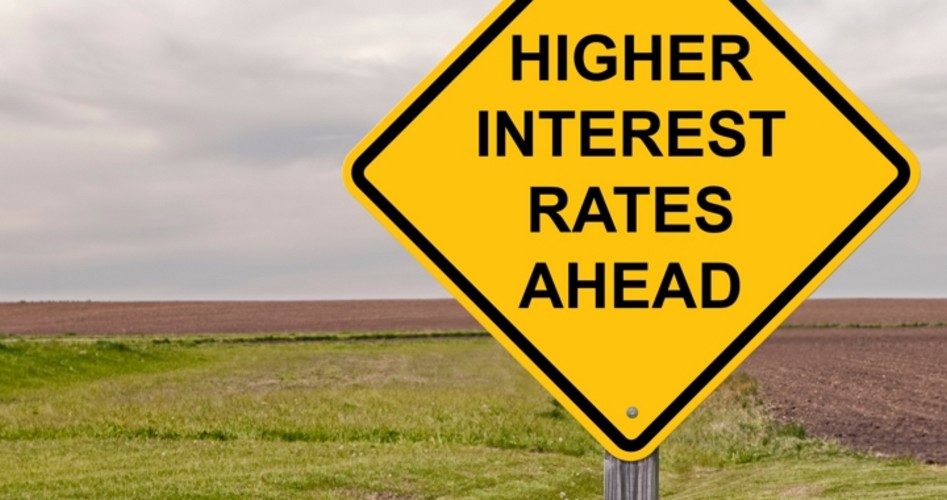
As far as one can tell, Charles Evans, the president of the Chicago Federal Reserve Bank who also sits on the Fed’s policymaking body the FOMC (Federal Open Market Committee), never in his life swung a hammer, put on a tool belt, or had to meet a payroll. But when it comes to interest rates and their impact on the housing market, he has an opinion: interest rates are too low and should go higher, perhaps much higher. And soon. He “penciled in” possibly four more interest rate hikes next year.
But he’s not really sure what that means. As proof, his presentation at the Fixed-Income Forum in Chicago last Friday revealed just how uncertain he is about raising those interest rates or just how high they should go. According to Rachel Koning Beals, who reported on the event for MarketWatch.com, Evans told his audience that “interest rates could comfortably run above the so-called ‘neutral’ rate” but added afterwards that that is a “vague” notion. It’s more based on the opinion of the other members of the FOMC than any hard evidence from the economy. Wrote Koning Beals: “He puts a neutral Fed-funds rate at 2.75%, but says that other Fed members [on the FOMC] may have a different idea.… he thinks the Fed-funds rate could conceivably go as high as 3.25%, or 50 basis points [half of one percent] above ‘neutral,’ next year.”
In other words, the blind are leading the blind. Or, put another way, Evans is unsure of the destination but they’re making great time.
As for current interest-rate policy, where the Fed-funds rate is being kept between two percent and 2.25 percent, Evans thinks the central bank is a little bit short of neutral, “but getting close enough.”
When he was asked about the impact his gaggle of guessers was having on the housing market, Evans said “there is not a great risk … right now … not enough to upset the trajectory [of the U.S. economy] that I have in mind.”
There it is in all its glory: Evans, who never participated directly in the economy as either a worker or an employer, thinks he and his gang of guessers sitting around a table in New York City can massage the economy onto some mythical magical “trajectory” that he, and they, “have in mind.”
But when those actually working in the housing industry — the home builders themselves — are asked about the impact those rising interest rates are having on their industry, their enthusiasm about the future dimmed substantially in November. The National Association of Home Builders (NAHB)’s monthly confidence index dropped eight points from the previous month, from 68 to 60. This not only surprised forecasters who expected no change in the index, but was the sharpest drop since the housing crisis that ushered in the Great Recession 10 years ago.
Those home builders face, as they always have, various challenges: the cost of lumber and other materials, the availability of buildable lots, the cost of hiring the skilled laborers needed, and so on. Those challenges are manageable. The one variable is one they have no control over: the level of interest rates declared to be “neutral” — neither too hot nor too cold — as the Federal Reserve prognosticators and managers discern to be best in their collective wisdom.
This gauge of homebuilders’ sentiment has long been considered an early warning signal on the direction of the economy; the “canary in the coal mine.” Home builders were one of the first industries to reach the top of the market cycle just before the start of the Great Recession. In June 2005, for instance, the NAHB index hit 72, its cycle high, just before it started falling. By the next summer that index was in contraction territory.
With the blind leading the blind in hopes of finding that elusive point where interest rates are “neutral,” Evans and his soothsayers might just be steering the economy off the highway and into the weeds. But they won’t know for certain until long afterwards. And that will only be determined by taking a vote.
As former U.S. Representative Ron Paul recently wrote, “Trusting the Federal Reserve to produce permanent prosperity instead of a boom-and-bust cycle is a textbook example of a popular definition of insanity being repeating the same action in hope of getting different results. The Federal Reserve System is as unworkable and doomed to failure as every other form of central planning.”
An Ivy League graduate and former investment advisor, Bob is a regular contributor to The New American magazine and blogs frequently at LightFromTheRight.com, primarily on economics and politics. He can be reached at [email protected].
Related article:



